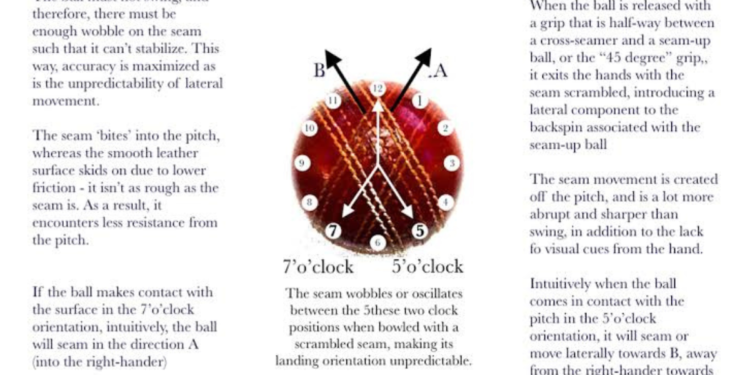Overview of a Cricket Pitch
A cricket pitch is the rectangular area where the game of cricket is played. It is the central strip of the field where the bowler delivers the ball to the batsman, and the batsman attempts to score runs. The pitch is made of closely mown grass and is typically 22 yards in length.
The pitch is flanked by two creases at either end, known as the bowling crease and the popping crease. These creases are important markers that define the positions of the bowler, wicketkeeper, and batsmen during play. The pitch also has markings called ‘return creases’ on either side, which are used to regulate the bowler’s delivery stride. These features all work together to create a playing surface that is integral to the sport of cricket.
Dimensions of a Cricket Pitch
The standard dimensions of a cricket pitch are crucial to the dynamics of the game. A regulation pitch measures 22 yards or 20.12 meters in length from one set of wooden stumps to the other, also known as the bowling crease to the batting crease. The width of the pitch is 10 feet or 3.05 meters, allowing for the bowler to have enough space for a running start to deliver the ball to the batsman.
The pitch is divided into three main sections—the stumps at each end, the bowling crease, and the popping crease. The bowling crease is where the bowler delivers the ball, while the popping crease is where the batsman must be grounded to be safe from being dismissed. These precise measurements ensure fair gameplay and strategic interaction between the bowler and the batsman.
History of Cricket Pitch Length
Cricket, a game steeped in tradition, has seen its pitch dimensions evolve over time. The earliest cricket pitches were much shorter compared to the standardized lengths seen in modern times. As the game progressed and rules were formalized, the length of the pitch gradually increased to accommodate the nuances of gameplay.
The evolution of the cricket pitch length can be attributed to the need for balance between bat and ball. A longer pitch provides bowlers with more opportunities to deliver varied and challenging deliveries, enhancing the strategic aspect of the game. Conversely, a longer pitch also demands greater skill and technique from the batsmen, as they navigate the increased distance to make successful shots.
Importance of Cricket Pitch Length in the Game
The length of the cricket pitch plays a crucial role in determining the dynamics of the game. A standard cricket pitch is 22 yards long and serves as the battleground where bowlers aim to deliver balls with precision and batsmen strive to score runs. The pitch length directly impacts the strategies employed by both teams, as bowlers need to adjust their line and length accordingly, while batsmen must anticipate the bowler’s delivery based on the pitch conditions.
Moreover, the pitch length also influences the duration of the game and the overall balance between bat and ball. A longer pitch can favor pace bowlers by providing them with more space to generate speed and movement off the pitch, whereas a shorter pitch may benefit spinners who rely on variations in flight and turn. The strategic significance of pitch length highlights its importance in shaping the outcome of the game and showcasing the skills of players across different playing conditions.
Regulations Governing Cricket Pitch Length
The regulations governing the length of a cricket pitch are strictly defined by the International Cricket Council (ICC). According to the ICC rules, the standard length of a cricket pitch should measure 22 yards or 20.12 meters from one set of stumps to the other set of stumps. This standardized length ensures fairness and consistency in the game, allowing both the batsmen and bowlers to play under the same conditions.
In addition to the specified length, the regulations also state that the cricket pitch should be flat, even, and free from any obstructions. The pitch must be well-maintained to provide a balanced playing surface for the players. Any deviations from the standard dimensions or conditions of the pitch can have a significant impact on the outcome of the game, emphasizing the importance of adhering to these regulations for a fair and competitive match.






















